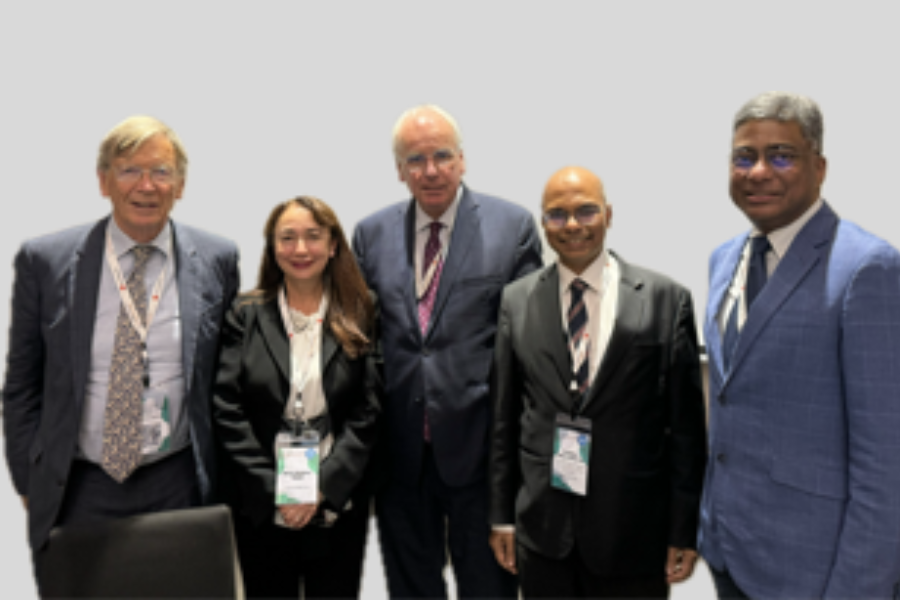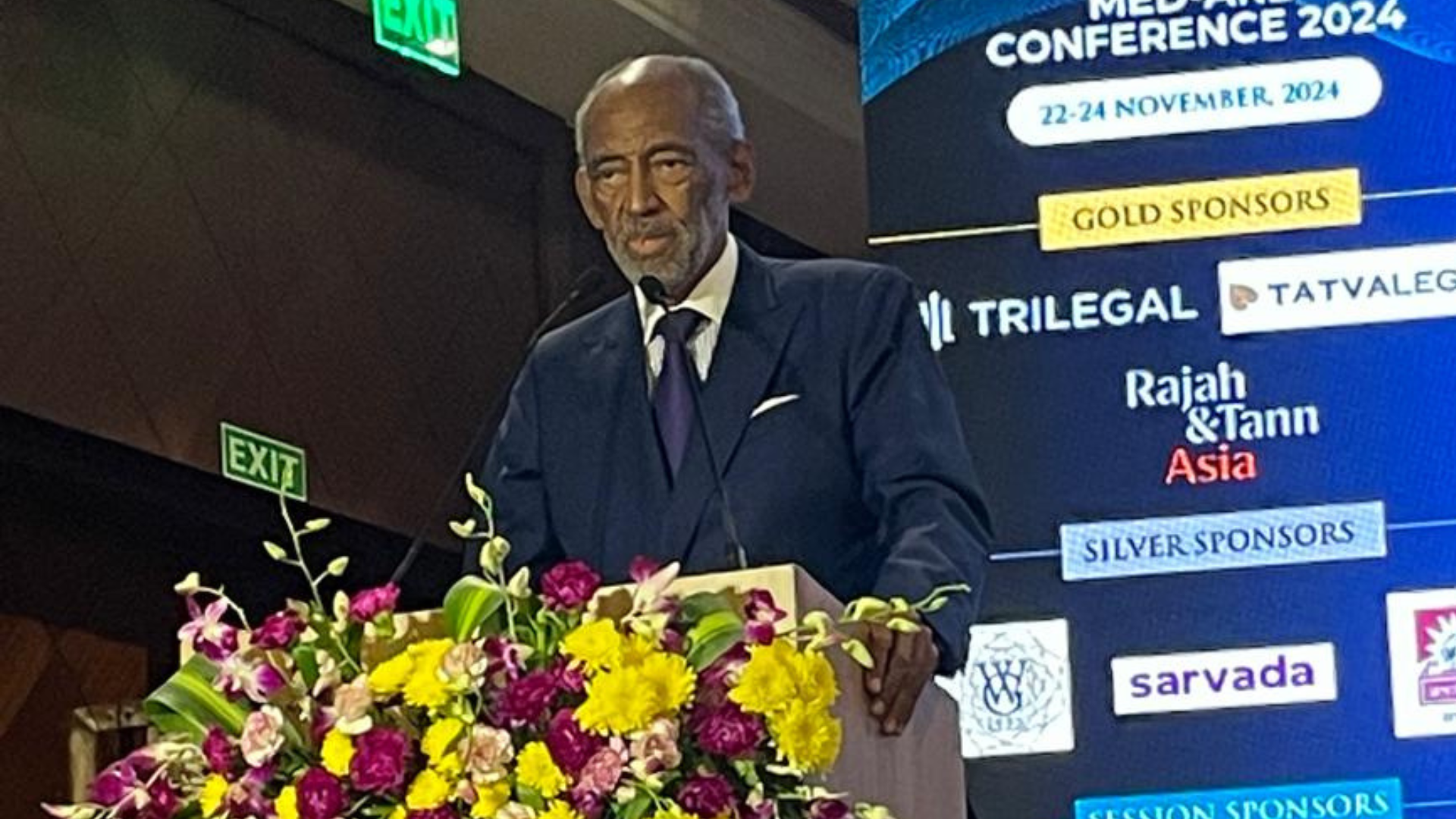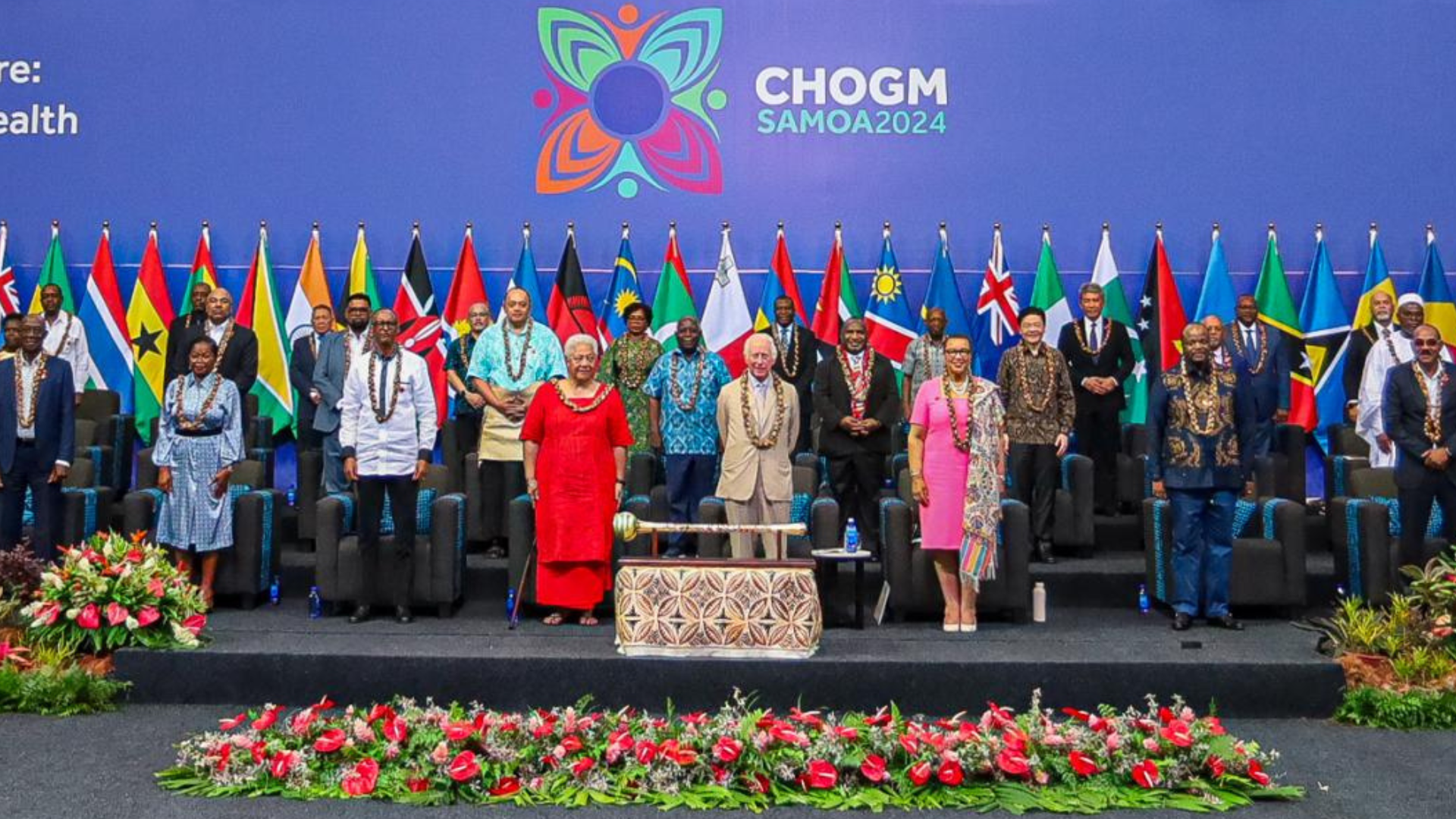
CLA News / Borneo Rainforest Law Conference session report: Environmental Disputes – a case for mediation?
Chaired by Brian Speers, past president of the CLA and currently the council member for Northern Ireland, this thoughtful panel was comprised of Lord Carnwath of the UK, Mary Walker of Australia, Greg Vijayendran of Singapore,and Joy Appukuttan of Malaysia .
Mary Walker from Australia spoke about the complexity of the multi-party environmental mediations she has conducted and the importance of identifying the primary and secondary stakeholders, as well as their needs and interests. Where a party was a community, Mary emphasized the importance of information-sharing and clear and frequent communication.
Datuk Joy Appukuttan from Malaysia identified the benefits of mediating environmental disputes, which included considering whether a precedent needed to be set. Reasons to mediate include the voluntary and without prejudice process, and the confidentiality of the process until an agreement is signed.
The advantages of mediation led to the creation of the Borneo International Mediation and Arbitration Centre.
Greg Vijayendran , the council member for Singapore provided the Singapore perspective and explained the work of the Singapore International Mediation Centre.
Greg added to the list of mediation’s advantages in the environmental context. They included the control it gives parties over an outcome, and the protection and enhancement of a relationship between the parties. Greg also spoke about the Singapore Mediation Centre which mediates international commercial disputes and which has thus far mediated disputes for 50 different countries. Interestingly, 46 countries were ‘first day’ signatories at the UN where the countries committed to enforce mediated agreements in their own jurisdiction.
Lord Carnwath described a multi- party, high profile environmental case involving a badly designed landfill site which he had mediated. Most interestingly, Lord Carnwath reported that he had recently spoken to the parties about what had occurred after the mediation. He was pleased to report that while the mediated settlement required monthly meetings, the relationship now is such that there are informal discussions more frequently when small issues arise and the parties find that they can have frank, resolution oriented discussions. The parties credited this to the mediation process which first established a relationship between the parties.
Laurie Pawlitza
CLA Vice President Americas




